General Description
Sockeye salmon are smaller Pacific salmon, measuring 18 to 31 inches and weighing 4 to 15 pounds. As sockeye salmon migrate upstream to spawn, their bodies turn red, and their heads take on a greenish hue, earning them the name red salmon. Sea-going sockeyes have iridescent silver flanks, a white belly, and a metallic green-blue top, earning them the nickname blueback. Sockeye salmon live in ocean depths of 50 to 200 meters (165 to 660 feet) in cold waters.
Fast Facts
- Scientific Name
Oncorhynchus nerka
- Size
18 to 31 inches
- Weight
4 to 15 pounds
- Lifespan
4 to 5
- Habitat
North Pacific Ocean and rivers from Alaska to California
- Coloration
Iridescent silver flanks, white belly, and metallic green-blue top (sea phase); vibrant red body and greenish head during spawning
- Spawning season
Usually from late summer to fall
- Diet
Small crustaceans, zooplankton, and small fish
- Predators
Bears, eagles, and various fish species
- Other Name
Sockeye salmon are known as red salmon, blueback salmon, and kokanee when landlocked.
About the Species
Taste
Sockeye salmon is known for its rich, robust flavor and firm texture, making it one of the most flavorful salmon species. Its vibrant red-orange flesh is slightly sweet and moist, ideal for grilling, baking, or smoking.
Health Benefits
Sockeye salmon is rich in omega-3 fatty acids, promoting heart health and reducing inflammation. It’s also a great source of protein, vitamin D, and selenium, supporting overall well-being and immune function.
Nutrition Facts
- Calories: 180
- Protein: 23g
- Fat: 8g
- Saturated fat: 1.5g
- Omega-3 fatty acids: 1,000-12,00mg
- Selenium: 60% of the daily value
Classification and name origin
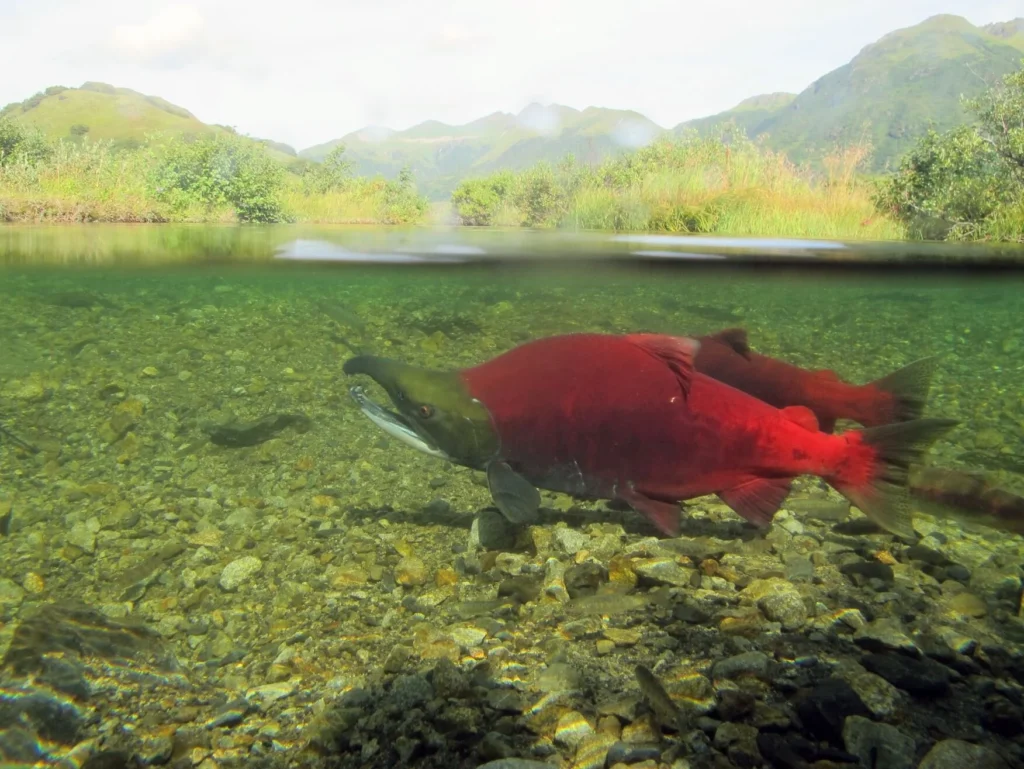
Sockeye salmon, scientifically classified as Oncorhynchus nerka, belongs to the Salmonidae family. The genus name means “hook snout” in Greek, while nerka originates from a Native American word for the fish. Sockeye are anadromous, hatching in freshwater, migrating to the ocean, and returning to spawn in freshwater.
Life History/Biology
Sockeye salmon are anadromous, hatching in freshwater and migrating to the ocean after 1 to 3 years. They mature in 2 to 5 years and return to freshwater to spawn, where females lay 2,000 to 4,500 eggs. After spawning, all sockeye die. In freshwater, juveniles feed on zooplankton and insects, while adults in the ocean feed on small fish and squid. Their carcasses enrich river ecosystems, providing vital nutrients for new salmon.
Availability
Sockeye salmon are primarily found in Alaska, British Columbia, and Washington. They are available fresh from June to September, with frozen and canned options year-round.
Is Sockeye Salmon Sustainable?
Yes, sockeye salmon is sustainable, especially in Alaska and British Columbia, where fisheries are well-managed and certified by organizations like the MSC.
Related Species
- Coho
- Chinook
- Chum
- Pink
- Atlantic

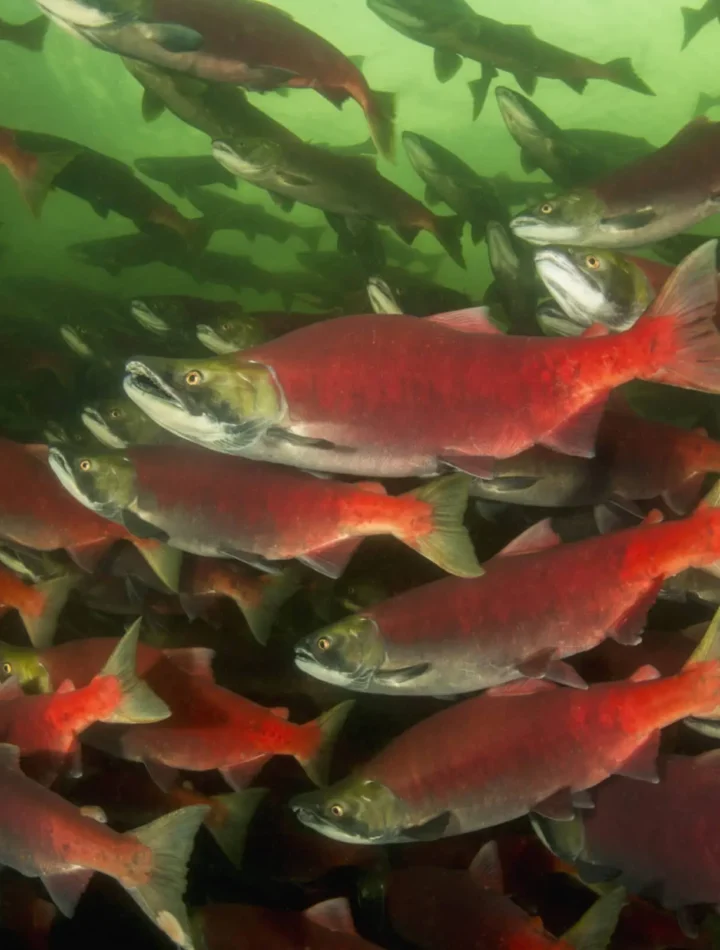
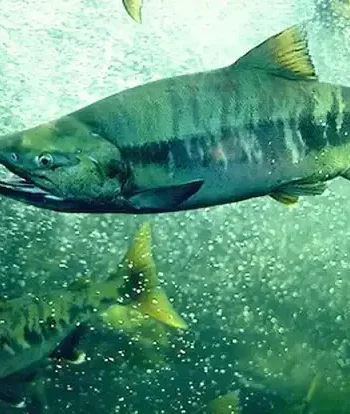
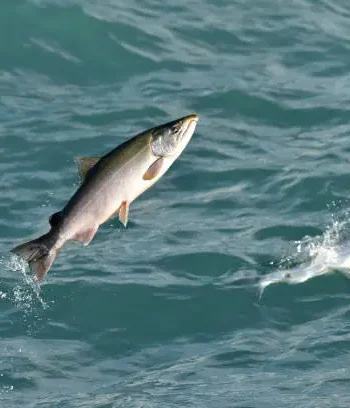
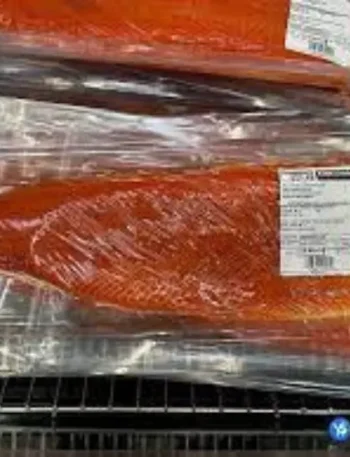
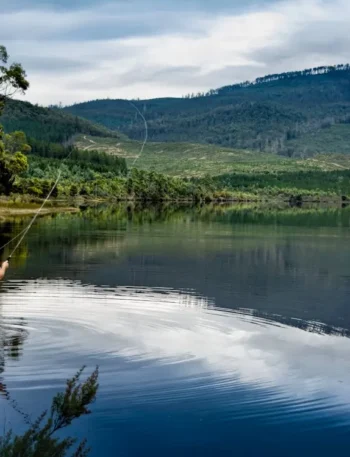
Does sockeye salmon have a different taste than other types?
I prefer sockeye salmon for its rich flavor!
How do I know if the sockeye salmon is fresh?